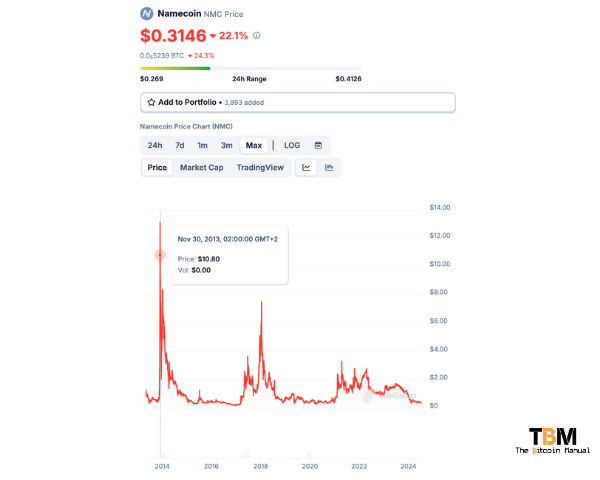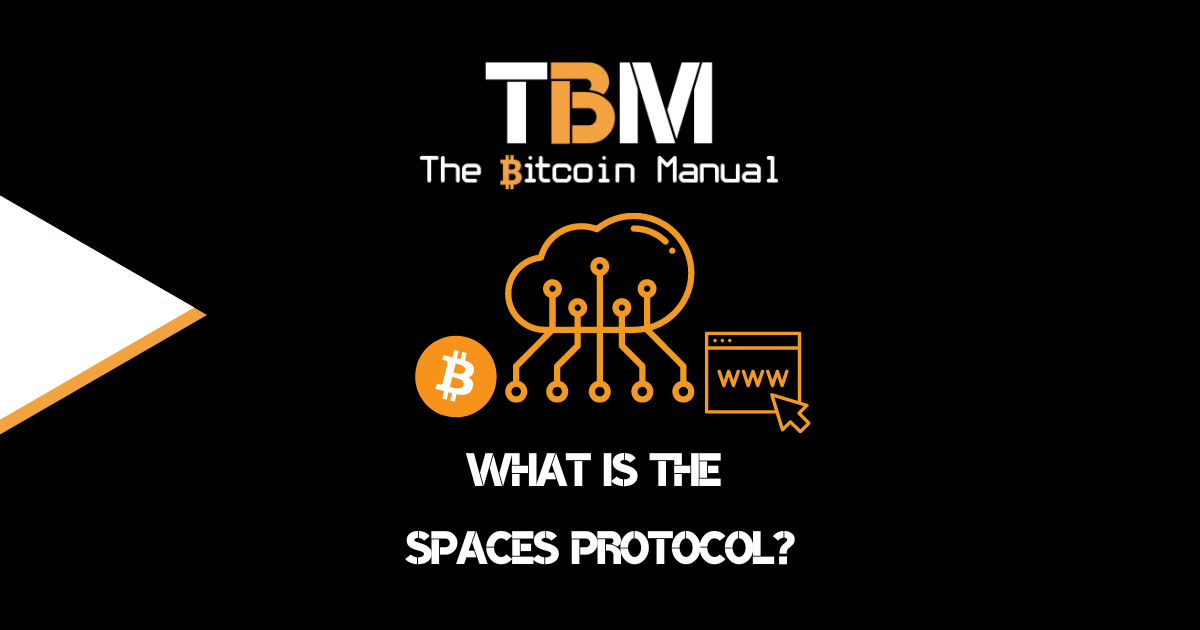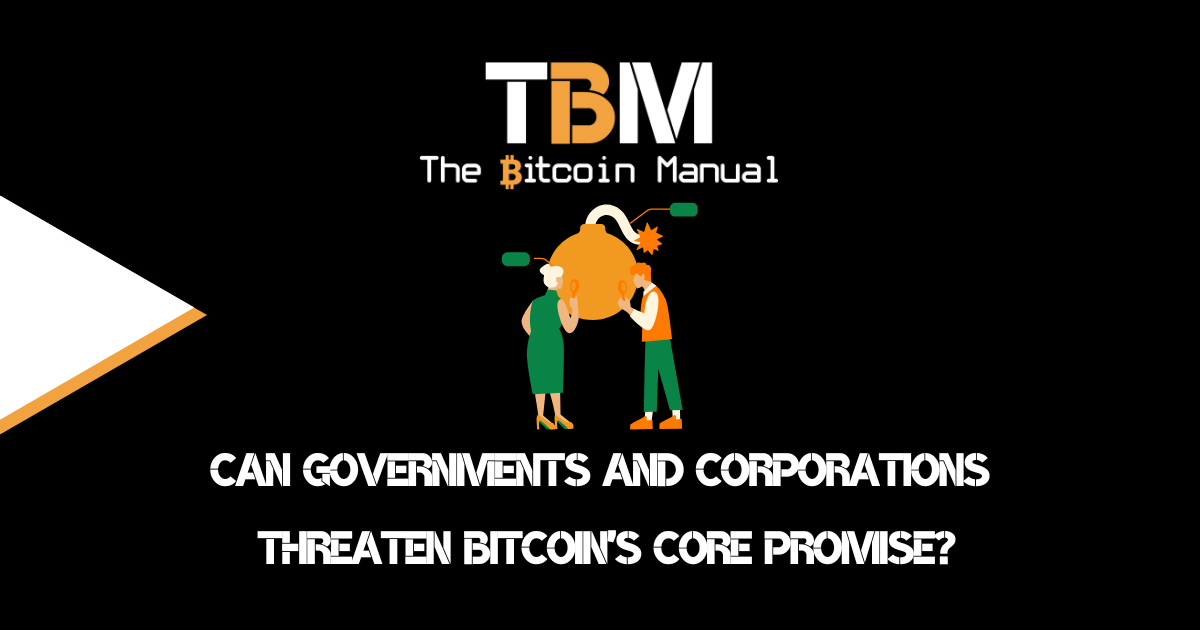Bitcoin created a phase change in how we see data. Before the beloved orange coin, we saw everything digital as a commodity of unlimited supply, able to always be copied and reproduced in some form. The advent of distributed ledger technology brought about a new way of thinking, and early adopters started to grasp the concept of digital scarcity and digital ownership.
Bitcoin allows individuals to create a private key that they can only access and claim in a set of funds. As part of the consensus rules, everyone on the network’s property rights are respected and acknowledged.
While digital ownership is a groundbreaking discovery, it only applies to a closed-loop system like Bitcoin, but this caveat didn’t stop people from applying it to every file they could get their hands on and plonk onto a blockchain.
We’ve gone through several phases of these mental gymnastics, with NFTs being the most popular method of bastardising the idea of digital ownership.
Today, digital ownership seems more like a meaningless buzzword.
The early days of digital ownership
Before cat pictures and monkey pictures became the poster children of digital ownership, an idea was thrown around in the early days of Bitcoin to extend the blockchain’s digital ownership properties to other parts of the internet, mainly domain names.
The internet, a vast digital expanse, relies heavily on a system of domain names to translate complex IP addresses into human-readable formats. Traditionally, this domain name system (DNS) has been centralised and controlled by a handful of corporations.
However, blockchain technology spurred the development of decentralised alternatives, aiming to offer greater security, censorship resistance, and user control.
It sounded good then, and the BitDNS project was born to extend Bitcoin’s technology to a domain name service. The software would expand to support transactions for registering, updating, and transferring domains.
Eventually, the project became a separate blockchain with its own token, Namecoin, which is now relegated to the memory hole of old blockchain ideas. As you can tell from the chart below, Namecoin didn’t have much success, and most newbies to the space have never heard of it or have an appreciation for the failed attempts of the past.

Despite its failure, its foundational ideas persist and get repackaged into new projects every cycle.
Inscribing block space, so hot right now
Fast-forward ten years, and we’re back at it again, this time ditching the idea of a separate merged mined blockchain and anchoring information directly into Bitcoin blocks.
Ever since the launch of ordinals, we’ve seen an explosion of reasons to etch data into the Bitcoin blockchain. If it’s not the creation of NFTs or tokens, then it’s to store and create decentralised IDs, like MicroStrategies’ Orange ID system.
Ordinals and inscriptions have turned your average full-node operator into an unpaid cloud storage provider. While the miner gets all the fees, the node runners are stuck with the burden of additional data.
That’s the world we live in today.
So, what new cost will we impose on nodes today?
A Bitcoin-Anchored Naming System
Spaces is a naming protocol that leverages Bitcoin’s existing infrastructure and security without requiring a new blockchain or any modifications to Bitcoin itself.
It draws its inspiration from the efforts of BitDNS and Namecoin, but instead of trying to create a whole new chain, the data is embedded into the blockchain, and a UTXO represents the claim.
“Spaces” serve as community identifiers that are distributed through an auction process built using existing Bitcoin scripting capabilities. On the traditional web, a space would be similar to a top-level domain, such as .com or .org.
🚨NEW EPISODE DROP🚨 | Burn Baby Burn
— DomainSherpa (@DomainSherpa) April 11, 2024
– sherpas @andrewrosener @J10enbaum @ShaneCultra & special guest @ca98am79
– Mike's Spaces protocol naming project
– #Bitcoin
– blockchain & Web3
– #SolarEclipse
– and much more!
🔗👇https://t.co/xsfPqLldfv pic.twitter.com/MC4hf8shZG
Key features of the Spaces protocol included:
- Bitcoin anchoring: The protocol leveraged Bitcoin’s blockchain as a foundation, providing a tamper-proof and publicly verifiable ledger for recording domain name information.
- Decentralisation: By removing reliance on centralised authorities, Spaces aimed to create a censorship-resistant and resilient naming system.
- Community ownership: Domains or “spaces” were to be owned and managed by communities, fostering a decentralised governance model.
- Auction-based allocation: New domains were to be acquired through an auction system, ensuring fair distribution and preventing hoarding.
Essentially, Spaces envisioned a world where domain names were not controlled by a few corporations but rather by the communities that use them. This approach held the potential to revolutionise how we interact with the internet.
Auction for a Space
The protocol uses an auction-based method for distributing names rather than a first-come-first-serve approach, aiming to prevent any single entity from accumulating a disproportionate number of valuable or popular names.
Since auctions alone cannot entirely eliminate the possibility of name squatting, and to further ensure fairness, the protocol introduces a dynamic name rollout process to control the release of names through a pre-auctions phase ensuring that each name gets adequate attention and the opportunity for fair & open public bidding.
Proceeds generated through auctions are irrevocably burned.
Welcome to MySpace
Within each Space, users can create “Subspaces,” which serve as trustless individual identities, operating with a high degree of autonomy primarily off-chain but can also submit transactions directly on-chain.
Auctions are split into a pre-auction and auction phase to drum up as much interest in each Space and since protocol caps the number of spaces released to 10 per day, or a total of 3600 community spaces per year.
Bidders are encouraged to submit PSBT, and where multiple bids are placed simultaneously on the same Space UTXO, only one bid will succeed in burning the coins; yes, that’s right, the funds are sent to a burn address, reducing the circulation of Bitcoin.
Auctions last ten days, and Spaces are assigned to the highest bidders.
After an auction, the newly created Space certificate will be represented as a Bitcoin UTXO. Space UTXOs can hold any value, just like regular Bitcoin UTXOs.
Spaces and Subspaces
Spaces have a hard limit of 3600 created per year, which isn’t exactly scalable should there be demand for this product.
Subpaces, unique identifiers operating off-chain within a community space, can be created to support additional demand. Once created, a subspace cannot be revoked unless it expires.
Think of these as the subdomains you might create when you use a service like medium or substack, and you have the domain name “thebitcoinmanual.substack.com” instead of the top-level domain.
These identities are organised into a Merkle tree off-chain, and the space’s operator submits the root of this tree on the Bitcoin blockchain.
Updates to the tree are managed through zero-knowledge validity proofs which confirm the integrity and current state of the tree without revealing the individual updates.
Subspace owners can conduct transactions off-chain via the Space’s operator or bypass the operator and directly submit their transactions on-chain.
Renewal of Spaces
According to the Spaces Protocol, your Spaces and Subspaces aren’t owned but rented since you need to pay renewal fees to ensure active utilisation of names.
Subspaces must be renewed once a year as their certificates expire, so if I own it why do I have to keep paying for it?
Make it make sense.
Spaces can be renewed on-chain and off-chain, and the fees are meant to encourage the use of the Spaces and place a cost on those who aim to domain squat on names with no purpose for using them other than to resell them later.
So you’ll be burning Bitcoin yearly to maintain ownership of your Space. Ouch!
If you just wanted a Space for shits and giggles, and you’re not actively monetising it or have an income to subsidise the renewals, you’re going to have a bad time.
And even if you have the funds to keep renewing, how much potential Bitcoin are you willing to put up for these Spaces, and what value are you getting in return?
Reserving block space for money
I don’t know if I’m jaded from the entire ordinals experience and every meta protocol that came with it, but I am not convinced that using Bitcoin and the Bitcoin network for anything but money is a good idea.
Even if the data is lightweight and doesn’t burden node runners, it could spur copycats who wish to do the same, and we’ll end up having bidding wars for all sorts of digital spaces and identities.
But that’s one man’s opinion; Bitcoin is an open network that anyone can build on, and the Spaces protocol developers can do what they like, and if they find product-market fit, by all means, that’s great news for me as a hodler, as others burn their coins to maintain their spaces.
Do your own research.
If you want to learn more about the Spaces Protocol, use this article as a starting point. Don’t trust what we say as the final word. Take the time to research other sources, and you can start by checking out the resources below.




